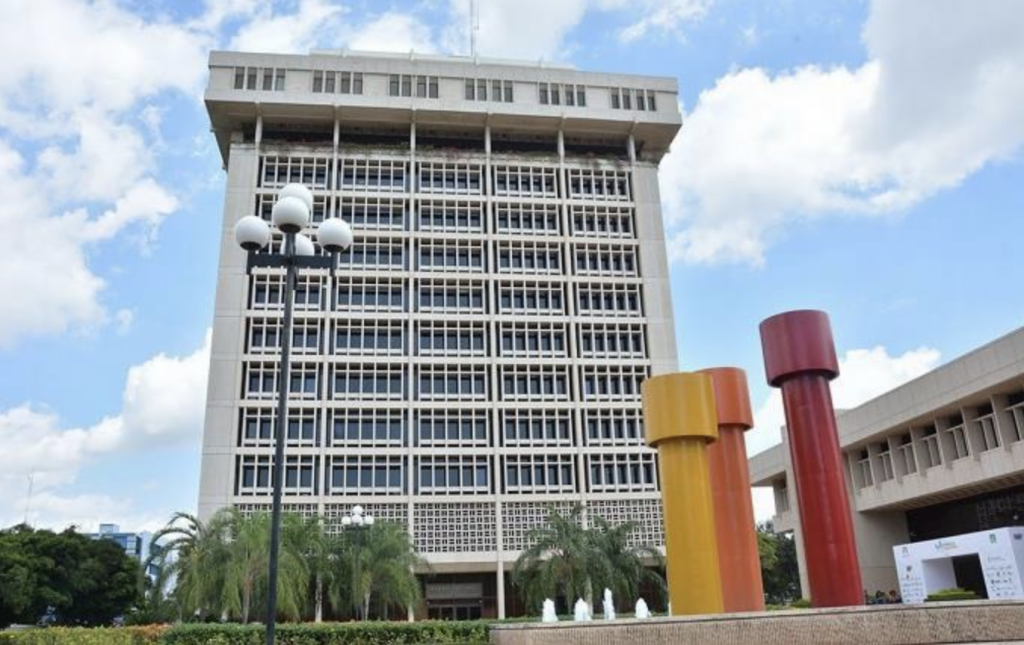
The Central Bank reports the Dominican Republic’s economy grew 2.9% in July 2025 compared to July 2024, according to preliminary data from the Monthly Economic Activity Indicator (IMAE). This marks an improvement from the 1.1% growth recorded in June and brings the cumulative growth for the first seven months of the year to 2.4%.
The 2.4% growth is below the normal standards for growth in the Dominican Republic. The central government and monetary authorities are taking actions to inject vitality into the economy, included increases in government capital spending.
A press release from the Central Bank reports that growth in July was driven by a strong performance in several key sectors:
• Mining: This sector saw a significant 21.0% increase in July, thanks to higher volumes of gold and silver extraction.
• Manufacturing free zones: The sector grew by 7.1% in July, fueled by strong foreign demand for its goods. Exports from these zones totaled $805.8 million for the month, contributing to a total of over $5 billion since the start of the year.
• Construction: The industry rebounded with a 3.8% increase in July, reversing the previous contraction. This was reflected in higher local sales of key materials like cement and rebar.
• Services: The broader services sector also performed well.
• Financial services: Experienced a 6.3% increase in July, boosted by a 10.3% expansion in private sector credit.
• Hotels, bars, and restaurants: Grew by 4.4% year-over-year due to a 6.5% rise in non-resident tourist arrivals, particularly from South America.
• Energy, water, and transportation & storage also showed positive growth.
The Central Bank explains that the Dominican economy has demonstrated resilience in the face of adverse conditions. The Central Bank’s recent liquidity program, which made RD$81 billion available, is already having a notable impact. Within two months, the bank has disbursed nearly 60% of the funds to support productive sectors.
Looking ahead, the ongoing release of these funds and the Central Bank’s monetary policy are expected to further boost private credit and lower interest rates. This, combined with increased government capital spending, should continue to drive economic activity and support a gradual recovery. The expectation is that as external uncertainties fade, investment in private sector projects will also pick up, contributing to sustained growth.
The Abinader administration has requested a reshuffling of funds in the National Budget for 2025 to inject more resources into capital spending. The request to Congress, also calls for new bond emissions.
Read more:
Central Bank
Diario Libre
DR1 News
28 August 2025

